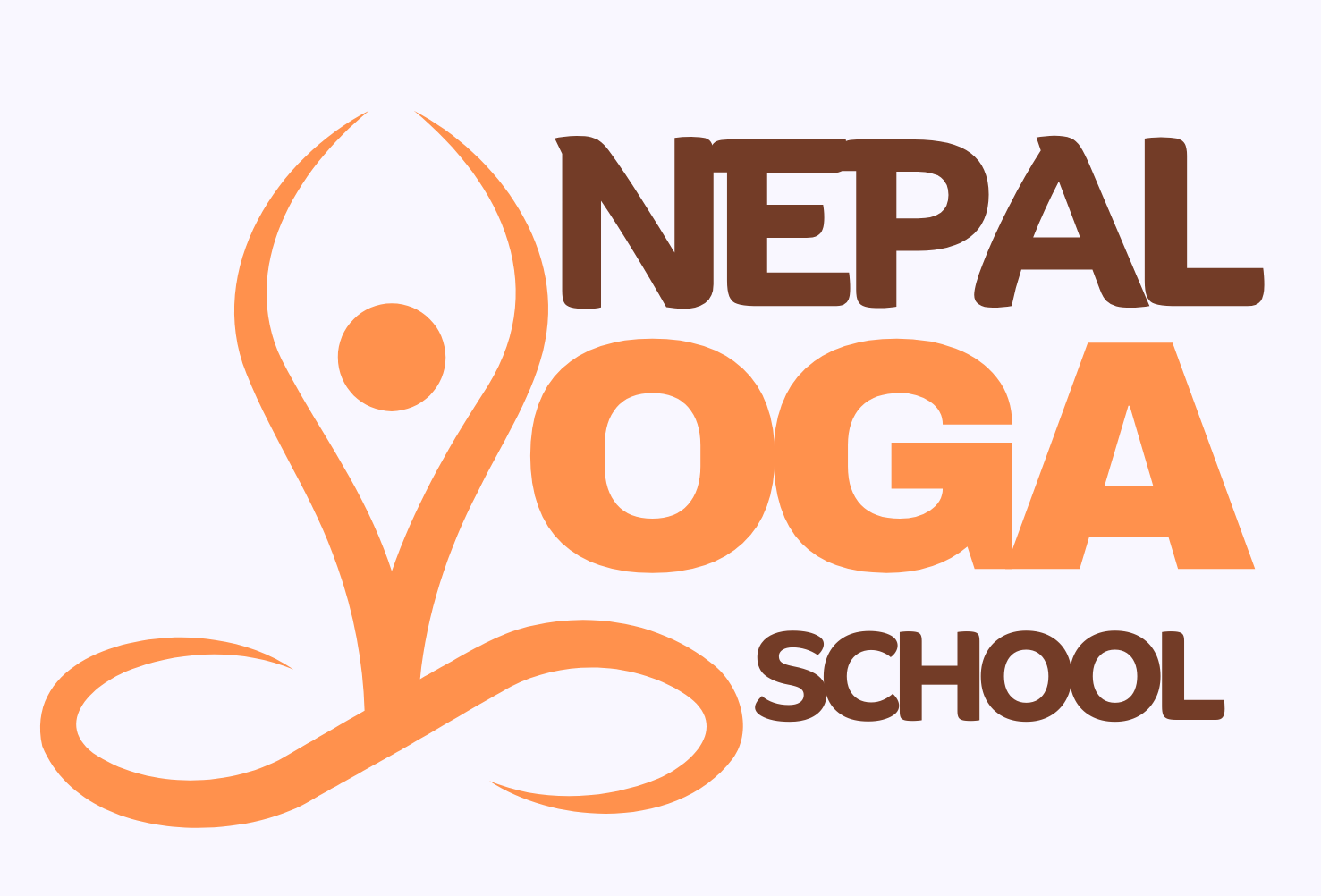Have you ever watched a tree sway in the wind? It bends, moves, and adjusts—but never breaks. Yoga as medical therapy works in a similar way, helping the body adapt, heal, and strengthen without force or resistance. In today’s world, where stress is as common as breathing, yoga emerges as more than just an ancient practice. It’s a form of medicine, a way of healing through movement.
The Connection Between Yoga and Medicine
Doctors, scientists, and therapists all agree—movement can be medicine. But not just any movement; yoga as medical therapy offers a structured way to support the body’s natural healing abilities. Think of your body like a musical instrument. When tuned properly, it plays a beautiful melody. But when out of balance, it creates nothing but noise. Yoga helps bring everything back into harmony.
Take stress, for instance. It tightens the muscles, raises blood pressure, and clouds the mind. Yoga, through gentle stretches and controlled breathing, reduces cortisol—the stress hormone—allowing the body to relax and repair itself. Imagine having a personal mechanic who fine-tunes your body every day. That’s what yoga as medical therapy does.
Real Science Behind the Magic
It might seem like magic, but the benefits of yoga as medical therapy are well-researched. Studies show that yoga helps with chronic pain, heart disease, and even mental health disorders like anxiety and depression. Ever noticed how a stiff joint feels better after gentle movement? That’s because yoga improves blood circulation, bringing oxygen and nutrients to injured tissues, helping them heal faster.
People suffering from back pain often turn to yoga, not pills, for relief. By strengthening the core and improving flexibility, yoga as medical therapy supports the spine like a well-built bridge. It doesn’t mask the pain; it treats the root cause.
Yoga for Every Body
One of the most beautiful aspects of yoga as medical therapy is that it’s for everyone. Young or old, fit or frail—there’s a practice for every body. Seniors with arthritis find relief in gentle movements. Athletes recovering from injuries use it to regain strength. Even expecting mothers turn to prenatal yoga to ease pregnancy discomforts.
And speaking of mothers, postnatal yoga helps new moms regain strength after childbirth. It’s like a reset button, helping the body recover while also providing mental clarity. Yoga as medical therapy is truly a gift that keeps on giving.
Breath: The Secret Ingredient
Breathing is something we all do, yet rarely pay attention to. In yoga as medical therapy, breathwork—known as pranayama—plays a vital role. Imagine a river flowing smoothly versus one clogged with debris. That’s the difference proper breathing can make in your body. Deep, mindful breathing reduces stress, improves lung function, and even boosts the immune system.
Take a simple test: close your eyes, inhale deeply through your nose, hold for a moment, then exhale slowly. Feel that? A sense of calm, like a warm wave washing over you. This simple act, when practiced regularly, can transform your health.
A Simple Routine to Start Healing
If you’ve never tried yoga as medical therapy, starting small is the key. Here’s a simple routine to begin your journey:
- Child’s Pose – A gentle stretch that relaxes the back and shoulders.
- Cat-Cow Pose – Great for spinal flexibility and easing back pain.
- Downward Dog – Boosts circulation and strengthens the legs and arms.
- Seated Forward Bend – Helps digestion and releases tension from the lower back.
- Savasana – The final relaxation, allowing the body to absorb all the benefits.
Practicing these for just 10 minutes a day can make a world of difference. It’s like watering a plant daily rather than waiting for it to wilt before taking action.
The Role of Yoga in Chronic Disease Management
Chronic diseases are on the rise, and conventional medicine alone doesn’t always offer lasting solutions. Yoga as medical therapy is now being recognized as a complementary approach to managing conditions like diabetes, hypertension, and even autoimmune disorders.
For instance, diabetes, a condition affecting millions, is largely influenced by stress and lifestyle. Yoga as medical therapy, through relaxation and mindful movement, helps control blood sugar levels. Postures like the seated forward bend and spinal twists improve pancreatic function, aiding insulin regulation.
Similarly, hypertension—or high blood pressure—is often a result of chronic stress. Medications can only do so much, but yoga provides a long-term solution by promoting relaxation and reducing stress hormones. A study found that individuals practicing yoga regularly saw a significant drop in their blood pressure over time.
Yoga and Mental Health: A Natural Antidepressant

While physical health is crucial, mental well-being is just as important. Anxiety, depression, and insomnia have become widespread issues, but yoga as medical therapy offers hope.
Picture this: you’re overwhelmed with thoughts, your mind racing like a car with no brakes. Yoga slows everything down. Deep breathing exercises like Nadi Shodhana (alternate nostril breathing) calm the nervous system, reducing anxiety and promoting mental clarity.
Furthermore, meditation—an integral part of yoga—has been scientifically proven to rewire the brain. It strengthens the prefrontal cortex, the area responsible for decision-making and emotional regulation. This is why individuals who practice yoga as medical therapy often report feeling more in control of their emotions.
Healing the Gut: Yoga for Digestion
A healthy gut is the foundation of overall health. Digestive issues like bloating, constipation, and acid reflux are often linked to stress and poor lifestyle choices. Yoga as medical therapy improves digestion by stimulating the parasympathetic nervous system, which controls rest and digestion.
Poses like the seated spinal twist and wind-relieving pose massage the internal organs, aiding in detoxification and nutrient absorption. If you’ve ever felt your stomach tense up when stressed, you understand the gut-brain connection. Yoga helps break this cycle by promoting relaxation and gut health simultaneously.
The Future of Yoga as Medical Therapy
With the increasing burden of lifestyle diseases, the medical community is now turning towards holistic approaches. Hospitals and rehabilitation centers worldwide are incorporating yoga into their treatment plans. In fact, doctors are beginning to prescribe yoga as medical therapy alongside conventional treatments.
Think of it as a bridge between ancient wisdom and modern science. The body has an incredible ability to heal itself when given the right tools. Yoga is not just about stretching; it’s about movement, breath, and mindfulness coming together to create healing from within.
Conclusion
Healing doesn’t always come in a bottle. Sometimes, it’s in the way we move, breathe, and connect with our bodies. Yoga as medical therapy isn’t just about stretching—it’s about giving your body what it truly needs to thrive. Whether you’re struggling with chronic pain, stress, or just looking to feel better in your own skin, this ancient practice has something to offer.
At Nepal Yoga School, we believe in the power of movement as medicine. And just like the tree that bends with the wind, yoga helps us find strength in flexibility, healing in movement, and peace in every breath. So, why not give it a try? Your body will thank you.

